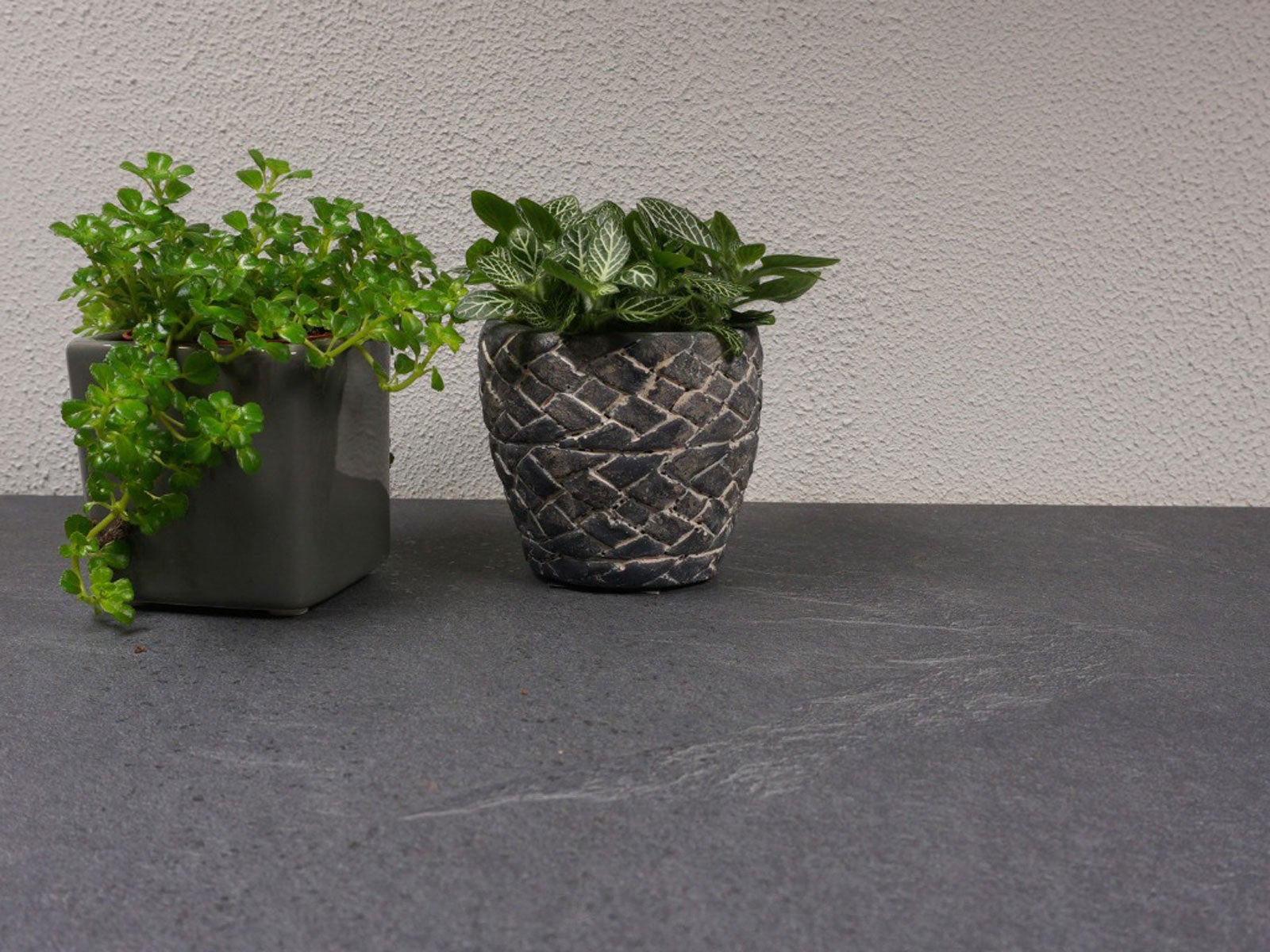How To Acclimate Plants Indoors For Winter


Many houseplant owners move their houseplants outside in the summer so they can enjoy the sun and air outdoors, but because most houseplants are actually tropical plants, they must be brought back inside once the weather turns cold. Bringing plants inside for winter isn't as easy as simply moving their pots from one place to another; there are a few precautions you need to take when acclimating plants from outdoors to indoors to prevent sending your plant into shock. Let's look at how to acclimate plants indoors for winter.
Before Bringing Plants Inside for Winter
One of the most common issues houseplants have when coming back indoors is bringing unwanted pests with them. Check your houseplants thoroughly for small insects like aphids, mealybugs, and spider mites and remove them. These pests can hitchhike on the plants you bring in for the winter and infest all of your houseplants. You may even want to use the hose to wash off your houseplants before bringing them in. This will help knock off any pests that you may have missed. Treating the plants with neem oil can help as well. Second, if the plant has grown over the summer, you may want to consider either pruning or repotting the houseplant. If you are pruning it back, don't prune back more than one-third of the plant. Also, make sure to root prune an equal amount off the roots as you do off the foliage. If you will be repotting, repot to a container that is at least 2 inches (5 cm.) larger than the current container.
Acclimating Plants Outdoor to Indoor
Once the temperatures outside reach 50 degrees F. (10 C.) or less at night, your houseplant must begin the process to come back into the house. Most houseplants cannot stand temps below 45 degrees F. (7 C.). It is very important to acclimate your houseplant to the environmental changes from outside to inside. The steps for how to acclimate plants indoors for winter are easy, but without them your plant may experience shock, wilting, and leaf loss. The light and humidity changes from outside to inside are dramatically different. When acclimating your houseplant, start by bringing the houseplant in at night. For the first few days, bring the container inside in the evening and move it back outside in the morning. Gradually, over the course of two weeks, increase the amount of time the plant spends indoors until it is indoors full time. Remember, plants that are indoors will not need as much water as plants that are outdoors, so only water when the soil is dry to the touch. Consider cleaning your windows to help maximize the amount of sunlight your plants get through the windows.
Gardening tips, videos, info and more delivered right to your inbox!
Sign up for the Gardening Know How newsletter today and receive a free copy of our e-book "How to Grow Delicious Tomatoes".

Heather Rhoades founded Gardening Know How in 2007. She holds degrees from Cleveland State University and Northern Kentucky University. She is an avid gardener with a passion for community, and is a recipient of the Master Gardeners of Ohio Lifetime Achievement Award.
-
 Looking For Plants To Give You The Soft And Fuzzies? Try These 5 Fuzzy Leaf Plant Options
Looking For Plants To Give You The Soft And Fuzzies? Try These 5 Fuzzy Leaf Plant OptionsLovers of texture, drama, silver foliage and tactile plants will adore these special sensory garden additions. These fuzzy leaf plant options will leave you all aglow
By Susan Albert
-
 Get Ready For A Summer Of Hummers! Grow These Full Sun Hummingbird Plants and Flowers
Get Ready For A Summer Of Hummers! Grow These Full Sun Hummingbird Plants and FlowersIf you’re lucky enough to enjoy a sunny backyard, make sure you are maxing out on your pollinator opportunities and grow these full sun hummingbird plants and flowers
By Tonya Barnett
-
 8 Easy Care Houseplants That Live A Long Time
8 Easy Care Houseplants That Live A Long TimeClick here to learn about our 8 favorite low maintenance houseplants that can, with proper care, live a long time.
By Amy Grant
-
 How Often Should You Repot Plants?
How Often Should You Repot Plants?Escaping roots and shrinking leaves may mean your plant wants a new pot, but some like staying cramped and cozy.
By Mary Ellen Ellis
-
 Orange Flowering Houseplant Varieties With Tropical Flair
Orange Flowering Houseplant Varieties With Tropical FlairClick here to learn about some cheerful orange-blooming houseplants you can try growing.
By Mary Ellen Ellis
-
 Variegated Houseplants With Lovely Leaves
Variegated Houseplants With Lovely LeavesWhat are some of the best variegated houseplants to add to your collection? Click here to find out.
By Amy Grant
-
 Lovely, Lacy Indoor Foliage Plants
Lovely, Lacy Indoor Foliage PlantsClick here to learn about some houseplants with lacy foliage to add to your collection.
By Mary Ellen Ellis
-
 Best Christmas Houseplants And Plants For Winter Holidays
Best Christmas Houseplants And Plants For Winter HolidaysClick here for an idea of the best houseplants to use for holiday décor for Christmas, Hanukkah, Kwanzaa, and New Year’s.
By Laura Miller
-
 Best Big Houseplants To Create An Indoor Oasis
Best Big Houseplants To Create An Indoor OasisIf you have the space you may want to grow some large houseplants. Here are some ideas.
By Mary Ellen Ellis
-
 Relaxing Plants To Grow Indoors For A Calmer Mind
Relaxing Plants To Grow Indoors For A Calmer MindAre there houseplants that can help you to relax? Click here to find out.
By Laura Miller